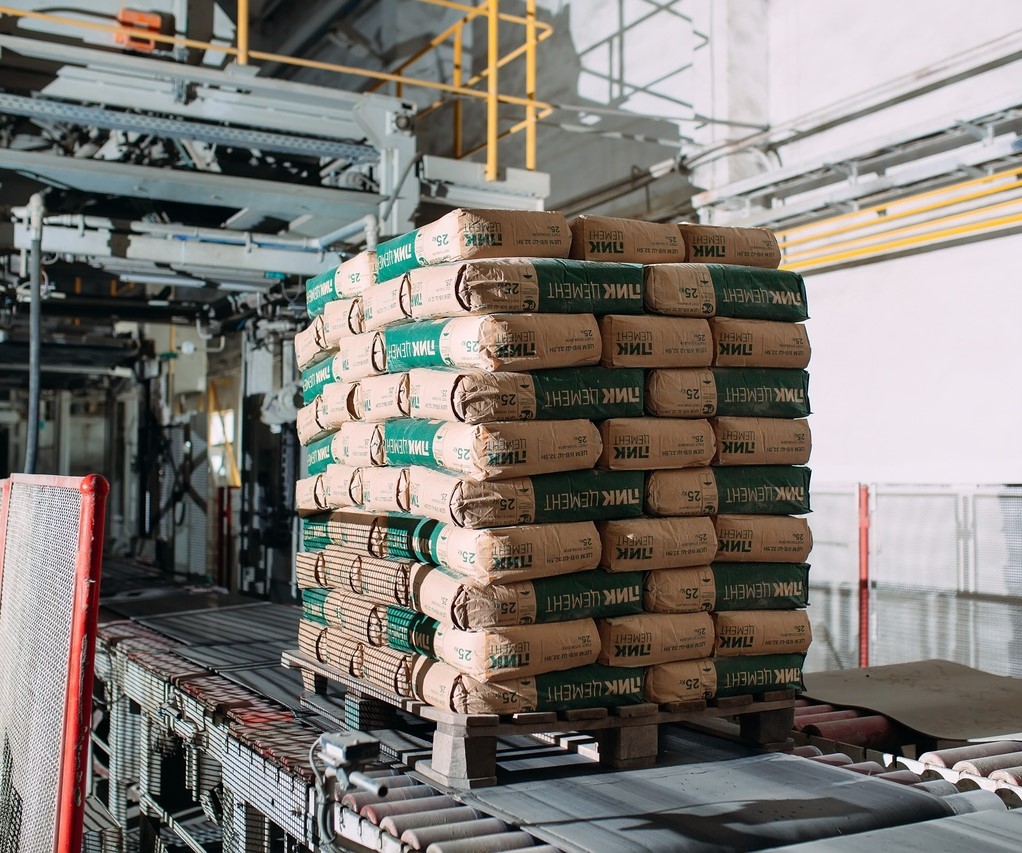Cement production accounts for 7-8 per cent of global greenhouse gas emissions, making the sector a key focus area for sustainability efforts and highlighting the need for innovation to achieve net-zero goals, an official said.
“Cement consumption in India stands at approximately 250 kg per capita, far below the global average of 500 kg. With infrastructure driving economic growth, cement consumption will witness sustained growth over the next decade. The industry also has the potential to produce green hydrogen, a critical component for decarbonisation,” he said at the 7th Cementing India summit organised by the Indian Chamber of Commerce (ICC). The event also saw other industry leaders echoing concerns about sustainability and the need for innovation.
Pietro Recchi, Asian Pacific Regional Head, MAPEI, stressed clinker replacement as a short-term solution to reduce emissions. “Technological innovations such as AI and IoT can make cement plants smarter and more sustainable. However, this demands a cultural shift, leadership vision, and strategic resource allocation,” a Birla Corporation official remarked. Indian cement installed capacity is currently pegged at about 600 million tonne and expects to add another 150-160 million tonne capacity till FY’28.
Tags: Cement, Decarbonisation, NetZero



Recent Posts
Hong Kong Launches Incentive Scheme to Promote Green Maritime Fuel Bunkering
MSC Hosts Sustainability Experience in Antwerp for Global Supply Chain Leaders
Kinetics and Mitsui O.S.K. Lines Sign MOU to Develop World’s First Integrated Floating Data Center Platform
Port Newark installs EV truck chargers at PANYNJ facility
Singapore’s first fully electric tug launched, paving the way for zero-emission coastal logistics ecosystem
Blue Marlin Becomes First Inland Cargo Vessel with Solar-Assisted Propulsion
ABB and Royal Caribbean Partner on 15-Year Deal to Drive Vessel Efficiency and Decarbonization
IET Establishes Centres of Excellence for Green Hydrogen and Electric Vehicle Research